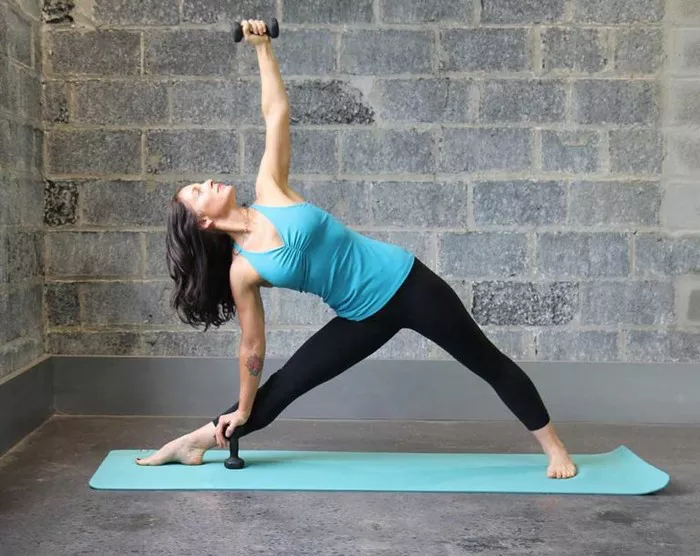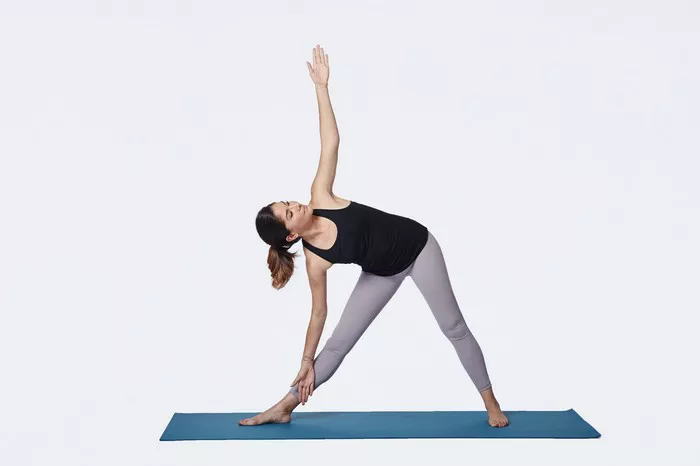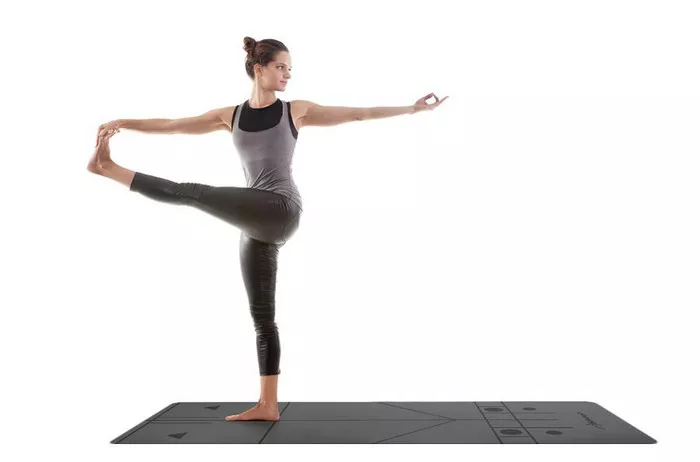Power yoga has gained immense popularity in recent years for its dynamic and physically challenging nature. As a variant of traditional yoga, it combines elements of strength, flexibility, and mindfulness into a rigorous practice. However, the question remains: Is power yoga suitable for beginners? In this article, we delve into the characteristics of power yoga, its potential benefits and drawbacks for beginners, and offer guidance on how newcomers to yoga can approach this practice.
Understanding Power Yoga
Power yoga emerged in the 1990s as a Westernized version of traditional Ashtanga yoga. Unlike its more traditional counterpart, power yoga does not adhere to a fixed sequence of poses. Instead, it allows for greater flexibility in sequencing, enabling instructors to tailor classes to meet various needs and preferences.
Characteristic features of power yoga include:
1. Dynamic Sequencing: Power yoga classes typically involve a series of flowing sequences, transitioning smoothly from one pose to another. These sequences often incorporate elements of strength-building exercises and cardiovascular movements, such as lunges, squats, and plank variations.
2. Focus on Strength and Endurance: While traditional yoga emphasizes the union of mind, body, and spirit, power yoga places greater emphasis on physical fitness. Classes may include challenging poses that require strength, balance, and endurance, such as arm balances, inversions, and deep stretches.
3. Breath Awareness: Like all forms of yoga, power yoga emphasizes the importance of breath awareness. Practitioners are encouraged to synchronize their movements with their breath, fostering a sense of mindfulness and presence throughout the practice.
4. Intensity and Sweat: Power yoga classes are often vigorous and energetic, leading to increased heart rate and profuse sweating. This intensity can provide a cardiovascular workout in addition to building strength and flexibility.
Pros and Cons for Beginners
For beginners considering power yoga, it’s essential to weigh the potential benefits and drawbacks of this practice:
Pros:
1. Physical Fitness: Power yoga offers a comprehensive workout that targets strength, flexibility, and cardiovascular health. Beginners can expect to build muscle tone, improve flexibility, and enhance overall fitness levels through regular practice.
2. Variety and Challenge: The dynamic nature of power yoga means that classes can vary widely in intensity and focus. Beginners may appreciate the variety of poses and sequences offered in power yoga classes, keeping the practice engaging and challenging.
3. Stress Relief: Like all forms of yoga, power yoga promotes relaxation and stress reduction through breath awareness and mindfulness techniques. Beginners may find that the physical exertion of power yoga helps release tension and promote a sense of well-being.
4. Community and Support: Joining a power yoga class can provide beginners with a supportive community of like-minded individuals. Instructors and fellow practitioners can offer guidance, encouragement, and camaraderie as beginners navigate their yoga journey.
Cons:
1. Risk of Injury: The dynamic and physically demanding nature of power yoga can pose a risk of injury, particularly for beginners who may be unfamiliar with proper alignment and technique. Without adequate instruction and supervision, beginners may strain muscles or overexert themselves in challenging poses.
2. Intimidation Factor: Some beginners may find the intensity of power yoga classes intimidating, especially if they are not accustomed to regular exercise or have limited experience with yoga. The fast-paced nature of classes and emphasis on physical fitness may deter individuals who prefer a more gentle or meditative approach to yoga.
3. Learning Curve: Power yoga requires a certain level of physical fitness and body awareness to perform poses safely and effectively. Beginners may encounter a steep learning curve as they familiarize themselves with basic poses, transitions, and breathing techniques.
4. Lack of Individualized Attention: In a group class setting, instructors may not be able to provide individualized attention to each student, especially in larger classes. Beginners who require modifications or have specific concerns may find it challenging to receive personalized guidance from instructors.
Tips for Beginners
For beginners interested in trying power yoga, here are some tips to help you get started safely and effectively:
1. Choose Beginner-Friendly Classes: Look for power yoga classes specifically designed for beginners or labeled as “all levels.” These classes typically offer modifications and variations to accommodate different fitness levels and abilities.
2. Communicate with Instructors: Don’t hesitate to communicate with instructors about your experience level, any injuries or limitations, and specific goals or concerns. Experienced instructors can offer guidance, modifications, and adjustments to ensure your safety and progress in class.
3. Start Slowly: Pace yourself and listen to your body during your practice. Don’t push yourself too hard or try to keep up with more experienced practitioners. Focus on proper alignment, breath awareness, and gradual progression in your practice.
4. Practice Consistency: Like any form of exercise, consistency is key to seeing progress in power yoga. Aim to practice regularly, even if it’s just a few times a week, to build strength, flexibility, and familiarity with poses and sequences.
5. Be Patient and Persistent: Yoga is a journey, and progress takes time. Be patient with yourself as you navigate the challenges and rewards of power yoga. Celebrate small victories and stay committed to your practice, knowing that improvement comes with dedication and perseverance.
Conclusion
Power yoga can be a rewarding and beneficial practice for beginners seeking to improve their physical fitness, flexibility, and overall well-being. However, it’s essential for beginners to approach power yoga with awareness, caution, and an understanding of their own limitations. By choosing beginner-friendly classes, communicating with instructors, practicing mindfully, and staying consistent, beginners can safely and effectively explore the transformative potential of power yoga on their yoga journey.
















